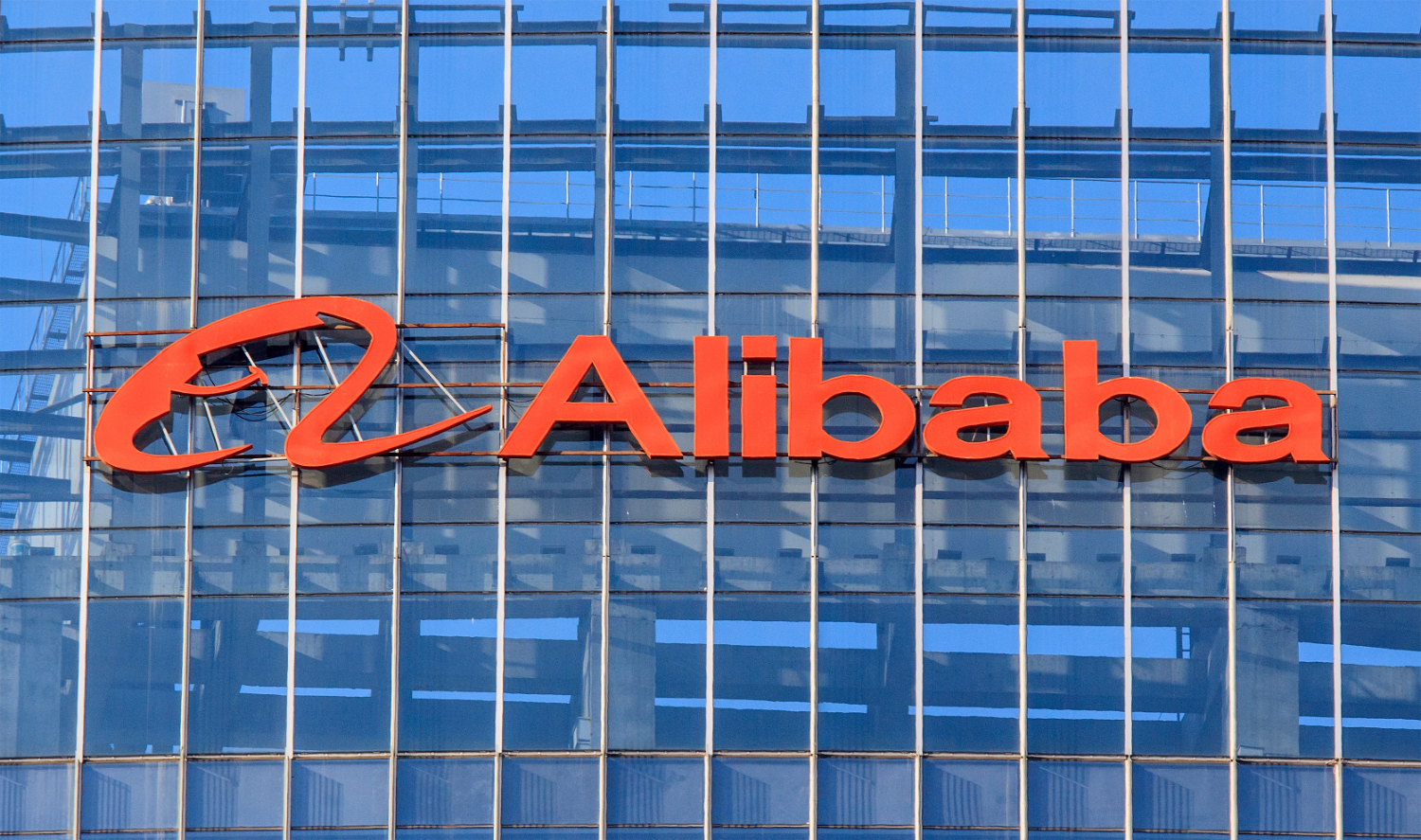Alibaba Unveils Open Source RISC-V CPU Amid US-China Trade War
The Alibaba Group Holding, China's largest e-commerce company, unveiled its first self-designed chip, Xuantie 910, based on the open source RISC-V instruction set architecture. As reported by Nikkei Asian Review, the chip will target edge computing and autonomous driving, while the RISC-V’s open source license may help Alibaba side-step the U.S. trade war altogether.
Alibaba doesn’t intend to manufacture the chips itself. Instead, it could outsource production to other Chinese semiconductor companies, such as Semiconductor Manufacturing International Corp.
China's Semiconductor Push
According to Nikkei, the Chinese government has been encouraging wealthy Chinese companies from various industries to enter the semiconductor industry in recent years. The government’s efforts accelerated when the trade war with the U.S. started last year. It reportedly forced foreign companies to transfer their technology and IP to Chinese companies if they wanted any chance at the local Chinese market.
"Most Chinese companies are still wary about whether Arm's architecture and Intel's architecture and technical support would remain accessible amid tech tension and further geopolitical uncertainties," Sean Yang, an analyst at research company CINNO in Shanghai, said, according to Nikkei. "It would be very helpful for China to increase long-term semiconductor sufficiency if big companies such as Alibaba jump in to build a chip (design) platform which smaller Chinese developers can just use without worrying about being cut off from supplies.”
For 2020, Beijing has a plan of meeting 40% of domestic semiconductor demand with local supply. Last year, only 15% of China’s domestic semiconductor demand was met by local supply, according to the Taipei-based research company TrendForce.
RISC-V vs. Arm
When other Chinese companies, like Huawei, Xiaomi, started making their own processors, they usually picked up an Arm license. It was readily available and they could start with Arm’s own CPU designs before developing their own custom designs. However, with the uncertainty surrounding trade with the U.S., Chinese firms may be forced to look elsewhere.
RISC-V is open source, so it's much more resistant to government bans. Even if somehow the U.S. government is able to block U.S. RISC-V contributors from distributing the open source instruction set architecture (ISA), Chinese companies could simply 'fork' the ISA and continue building their chips based on the new fork.
Get Tom's Hardware's best news and in-depth reviews, straight to your inbox.
The companies that have already licensed the Armv8 ISA from Arm should also be able to design their own processors on top of the ISA for a long time, which should give them enough time to decide whether or not they’ll want to stick with Arm or play it safe (in relation to trade war risk) and switch to RISC-V.
RISC-V offers other significant advantages over Arm, such as the ability to completely customize and extend the ISA of the processors built on top of it without having to get permission from any company first. This has even allowed governments to start working on their own research processors.
Nvidia has also started to design its own RISC-V microcontroller for GeForce graphics cards, while Western Digital plans to sell billions of storage devices with RISC-V processors in the coming years. Other companies and groups are also experimenting with AI processors, FPGAs and hardware-based security enclaves.
Lucian Armasu is a Contributing Writer for Tom's Hardware US. He covers software news and the issues surrounding privacy and security.
-
bit_user Lucian, you're slipping! Get it together, man. You're one of my favorite tech reporters.Reply
Alibaba Unveils Open Source RISC-V CPU
I'm sure that's not what they announced, but the Nikkei article doesn't get it exactly right, either. Certainly, their CPU design is a proprietary, closed-source implementation of the open-source RISC-V ISA. Massive difference.
The companies that have already licensed the Armv8 ISA from Arm should also be able to design their own processors on top of the ISA for a long time,
No, it shouldn't be a blanket-license. I'm pretty sure the license is tied to a specific silicon implementation.
However, you also need support and software packages from ARM. For instance firmware, microcode, device drivers, GPU libraries, etc. These services were abrupt cut off, when the US first banned US businesses from working with them. Then, it got backed off to 90 day sunset (though I don't know if that's still where it stands). But, that surely got Huawei's attention!
RISC-V offers other significant advantages over Arm
And first among these should be no royalty payments!
Nvidia has also started to design its own RISC-V microcontroller for GeForce graphics cards,
Or, in a more recent (and interesting) project:
https://www.tomshardware.com/news/nvidia-msm-inference-chip,39780.html
I remembered reading it, but it's also the 3rd hit I get, when searching the site for RISC-V! -
bit_user BTW, some details are here: https://www.phoronix.com/scan.php?page=news_item&px=Alibaba-RISC-V-16-Core-2.5GHzReply
Interestingly, they say they actually do plan on open-sourcing some parts of the design. I wonder if that'll just be some I/O blocks, like PCIe or memory controllers.
